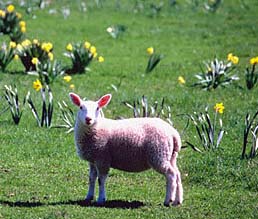
In most parts of the British Isles, February is a harsh and bitter month. In old Scotland, the month fell in the middle of the period known as Faoilleach, the Wolf-month; it was also known as a’ marbh mhiòs, the Dead-month. But although this season was so cold and drear, small but sturdy signs of new life began to appear: Lambs were born and soft rain brought new grass. Ravens begin to build their nests and larks were said to sing with a clearer voice.
In Ireland, the land was prepared to receive the new seed with spade and plough; calves were born, and fishermen looked eagerly for the end of winter storms and rough seas to launch their boats again. In Scotland, the Old Woman of winter, the Cailleach, is reborn as Bride, Young Maiden of Spring, fragile yet growing stronger each day as the sun rekindles its fire, turning scarcity into abundance.
The 2nd of February is Candlemas Day or if you are working by the old Julian calendar it is the 15th of February. The day marks the end of the old 40 day Christmas period and marks the halfway point of winter. This ancient day has been a day associated with the meeting of witch's covens and pagans celebrate this as the 'Festival Of Lights' or Imbolc. It was from this point onwards the days got steadily lighter and heralded the approaching Spring and the flush of spring lambs and calves. As always the Christians found some excuse to steal the event and they called Candlemas Day - the 'Presentation of Christ in the Temple' or the 'Purification of the Blessed Virgin Mary', I know what name I prefer. The name Candlemas derived from the Catholic practice of blessing the church candles that were to be used throughout the coming year. Hones (1846, p.52) describes such a service:
"On this festival, the second day of February, the Romish church celebrates with great pomp, the Purification of the Blessed Virgin. It stands also as a holyday in the calendar of the church of England... It is called Candlemas, because before mass is said this day, the church blesses her candles for the whole year, and makes a procession with hallowed or blessed candles in the hands of the faithful".
On Dartmoor it was always important to take down all the Christmas greenery that had decorated the house on Candlemas Eve. Not to do so was inviting a death in the household during the coming year. Robert Herrick wrote a verse on the ceremonies of Candlemas Eve (Hesperides, 1852, p.92) :
Ceremonies upon Candlemas Eve.
Down with the rosemary, and so
Down with the bays and mistletoe;
Down with holly, ivy, all.
Wherewith ye dressed the Christmas Hall;
That so the superstitious find
No one least branch there left behind;
For look, how many leaves there be
Neglected, there (maids trust to me)
So many goblins you shall see.
Candlemas Day was an auspicious day for omens and predictions as it was thought that if you hear the church bells on this day it would warn of an imminent death of a close friend or relation. It was also the custom to light the last Christmas fire and let it burn until sunset. The fire must them be doused and relit and some of the charred wood kept to light the following Christmas log or Ashen Faggot, not to observe this was asking for a years worth of misfortune. Again, Herrick pens a verse on the ceremonies of Candlemas Day:
The Ceremonies for Candlemas Day.
Kindle the Christmas brand, and then
Till sunset, let it burn;
Which quench'd, then lay it up again
Till Christmas next return.
Part must be kept wherewith to tend
The Christmas log next year,
And where 'tis safely kept, the fiend
Can do no mischief there.
In some households it would be the custom to light a candle and put one in every window of the home. This was meant to attract good luck throughout the coming year. One superstition states how if anybody heard the sound of the soul bell on Candlemas Day then this was a warning that a member of the family or close friend would be die. The number of bell tolls that the person heard corresponded to the number of days that would pass before the death took place. The rest of the winter could be forecast from the weather on Candlemas Day. If it were a bright and dry day then the rest of the winter would be long. cold and wintry and visa versa:
"If Candlemas Day be fair and bright,
Winter will have another fight,
But if Candlemas Day be clouds and rain,
Winter is gone, and will not come again".
There was also a saying which went - "A farmer should, on Candlemas Day, have half his corn and half his hay." Which basically meant the winter was halfway through and anybody who had less than half of their feed left could have problems later. I know of a farmer that still today refuses to start his "Candlemas fodder," until the 3rd of February. Oddly enough in 1851 Dartmoor had not seen a single snowflake fall by Candlemas Day which was something unheard of in living memory. Alternately there is this rather morbid piece of farming advice:
"On Candlemas Day if the sun shines clear,
The shepherd had rather see his wife on the bier".
Here there is a warning that a sunny Candlemas Day heralds the onset of cold weather which to the shepherd may well mean losses amongst his ewes and lambs, although on most of the moor the lambs do not arrive until much later in the year. It was also considered that by Candlemas Day the daylight hours should begin to lengthen and so there was less of a need for candles, hence the saying:
"You should on Candlemas Day,
Throw candle and candlestick away."
At one time the strong winds that normally accompany the moths of February and March were known as 'Candlemas Eve Winds' because with the old weather patterns this was when they arrived howling across the moor. So, all in all the second of February has been a special day in the calendar since early pagan times, is another feature of global warming going to be the loss of such traditions?

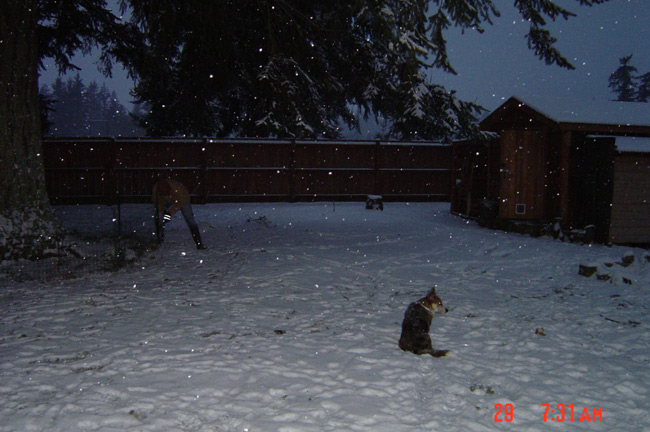

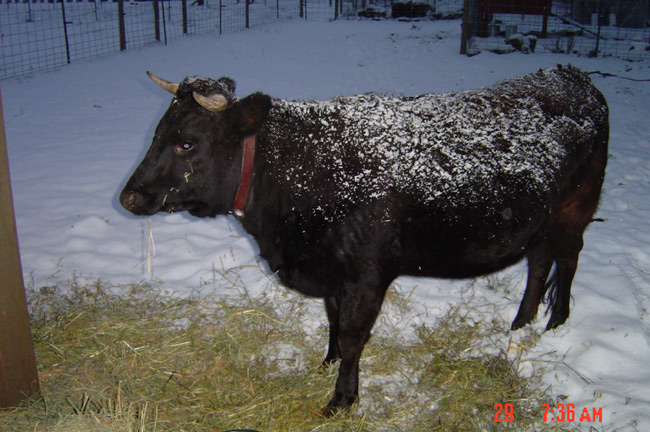









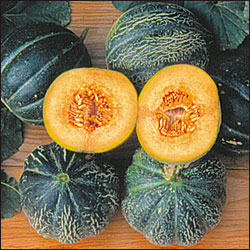

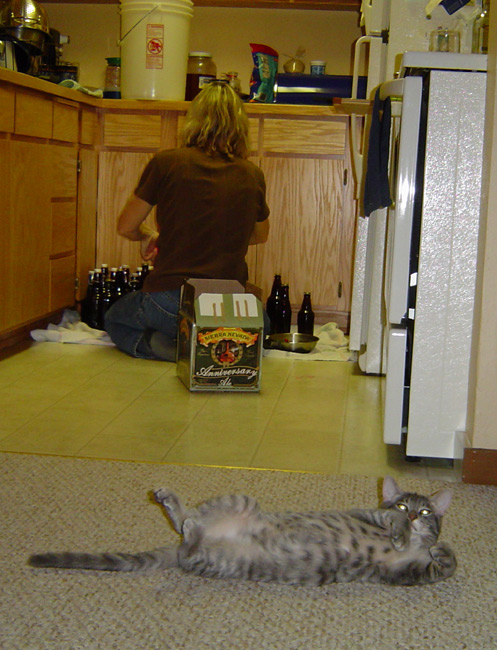


 (95 days) Cucurbita maxima Buttercup squash at its best. This outstanding strain which David Podoll calls “the original buttercup” has been in his family for 70 years. They’ve been selecting it for 40 years, crossing it with hubbards and other maximas, primarily for color, taste, sweetness, and vigor and hardiness in cold weather, but also for thick flesh, small seed cavities and higher productivity, while maintaining the buttercup look. The results show. Our five hills produced 18 ripe squash averaging 4.5 lb. The Podoll family bake it into pies without using any other sweetener. But this is also a versatile main dish squash, with all the character that makes buttercup a New England favorite. And it is one rugged buttercup, withstanding several cold summers and all those temperature extremes in each of the past four years without skipping a beat, and persevering to produce a lot of squash.
(95 days) Cucurbita maxima Buttercup squash at its best. This outstanding strain which David Podoll calls “the original buttercup” has been in his family for 70 years. They’ve been selecting it for 40 years, crossing it with hubbards and other maximas, primarily for color, taste, sweetness, and vigor and hardiness in cold weather, but also for thick flesh, small seed cavities and higher productivity, while maintaining the buttercup look. The results show. Our five hills produced 18 ripe squash averaging 4.5 lb. The Podoll family bake it into pies without using any other sweetener. But this is also a versatile main dish squash, with all the character that makes buttercup a New England favorite. And it is one rugged buttercup, withstanding several cold summers and all those temperature extremes in each of the past four years without skipping a beat, and persevering to produce a lot of squash.

 The Cowboy Leg Beautiful Pole mentioned in our blog title is an actual item on this menu. See if you can find it.
The Cowboy Leg Beautiful Pole mentioned in our blog title is an actual item on this menu. See if you can find it.


